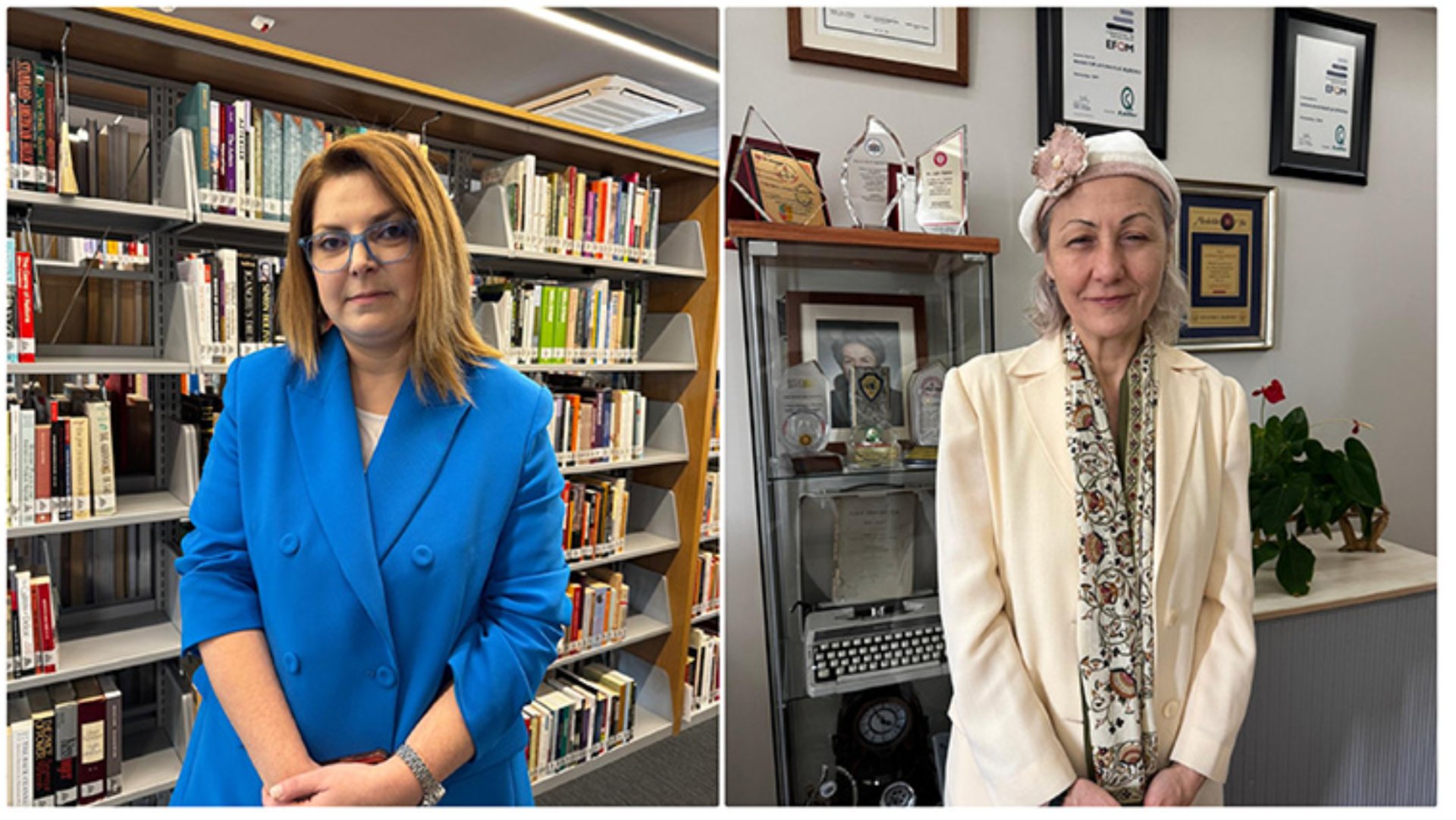


The mediation system, which allows legal disputes to be resolved without going to court, is preferred more and more every day. In the system implemented since 2013, 7 million 225 thousand files have been brought to mediation so far, while 4 million 460 thousand of them have resulted in an agreement.
According to the data of the Mediation Department of the Ministry of Justice, approximately 45 thousand mediators are actively working in Turkey. While the parties reached an agreement in 4 million 460 thousand files, the parties could not reach an agreement in 2 million 280 thousand files. The overall agreement rate was recorded as 64 percent.
The largest part of the files concluded with an agreement was made up of voluntary mediation applications with 2 million 927 thousand. Voluntary mediation, to which the parties voluntarily apply, ensures that legal processes are concluded amicably and quickly.
Within the scope of the mediation practice, which became mandatory in labor cases on January 1, 2018, 2 million 370 thousand applications have been made so far and an agreement has been reached in 1 million 100 thousand of them.
Significant progress has also been made in the mediation process, which became mandatory as of January 1, 2019 in commercial disputes and July 28, 2020 in consumer disputes. The parties reached a settlement in 340 thousand out of 950 thousand applications in commercial disputes and 173 thousand out of 500 thousand applications in consumer disputes.
The process was also effective in rent disputes, which were recently included in the scope of mediation. As of September 1, 2023, the parties reached an agreement in 123 thousand out of 320 thousand applications within the scope of this method. In addition, since the same date, the parties have reached a settlement in 15 thousand files on the elimination of partnership, 5 thousand files on condominium ownership and neighborhood law, and 200 files on agricultural production contracts.
Our Center Director Prof. Dr. Yeliz Bozkurt Gümrükçüoğlu: “Mediation Contributes Significantly to the Culture of Reconciliation”
In an interview with AA, our Center Director Prof. Dr. Yeliz Bozkurt Gümrükçüoğlu stated that the mediation system started as voluntary by being included in the legal system in 2013, and then its scope expanded with the introduction of mandatory mediation practices.
Emphasizing that mandatory mediation is actually “mediation as a condition for litigation” and is not a process that forces the parties to agree, Gümrükçüoğlu said, “This system requires the parties to negotiate before going to court. In other words, it is only mandatory to make an application and participate in the negotiations. The parties reaching an agreement depends entirely on their own will.”
Stating that the mediation process offers a great advantage for companies, Gümrükçüoğlu said, “This method allows companies to resolve their disputes without damaging their reputation by protecting their trade secrets. It is increasingly preferred especially in the corporate world.”
Stating that the interest of individuals in mediation is also increasing, Gümrükçüoğlu said, “It is important to maintain the balance of power of the parties for a fair compromise. In the mediation process, the parties need to participate in the negotiations by foreseeing the results they can achieve if they apply to the judicial remedy.”
With the widespread use of the mediation system, it is aimed to reduce the number of cases brought to court and to protect the rights of the parties with amicable solutions.
Istanbul Mediators Association Founding President and mediation trainer lawyer Dilek Yumrutaş stated that mediation is a system that allows the parties to resolve their legal disputes themselves.
Yumrutaş said, “The parties are offered a space to communicate and negotiate, and they are allowed to create their own solutions at the negotiation table with mutual, healthy communication. As mediators, we try to contribute to the parties and bring solutions. Thus, they can have the opportunity to resolve their disputes through mediation and mutual agreement without going to court.”
Stating that there are difficulties in reaching the parties due to outdated communication addresses in mediation, Yumrutaş said, “Especially in commercial disputes, the completion of the 6 + 2, ie 8-week mediation process is a period determined by law. In other areas, 4-week periods, which we call 3+1 weeks, have been determined. Within these periods, if it is not possible to reach the parties and the parties want to continue negotiations, we try to reach them again. The legislation allows us to receive certain information, but the fact that the contact information of the parties is not up-to-date can make it difficult to reach them from time to time.”
Pointing out that the number of agreements reached close to 5 million in the period following the enactment of the practice, Yumrutaş said, “When mediation became mandatory before filing a lawsuit on January 1, 2018, 90 percent of the applications were within the scope of mandatory mediation. In contrast, the rate of voluntary mediation, where the parties applied voluntarily, was only around 10-15 percent, but within 5 years, these rates reversed. Now, 85-90 percent of the applications are realized within the scope of voluntary mediation, while mandatory applications have decreased to 10-15 percent. This shows that society has gotten used to the mediation system and adopted it as a dispute resolution method.”
Yumrutaş pointed out that there has been a significant increase in the number of agreements in mediation in recent years, especially in rent, condominium and neighborhood law disputes.
Stating that efforts are being made to include divorce cases within the scope of mediation, Yumrutaş said, “Especially after the divorce is finalized, applications are carried out in the voluntary mediation processes in the stages of property division. At least in order to protect children and to ensure that they can be in better communication with their parents, efforts are underway to shorten the contentious divorce processes even more, and to start implementations in mediation processes with the referral of the judge in court.”